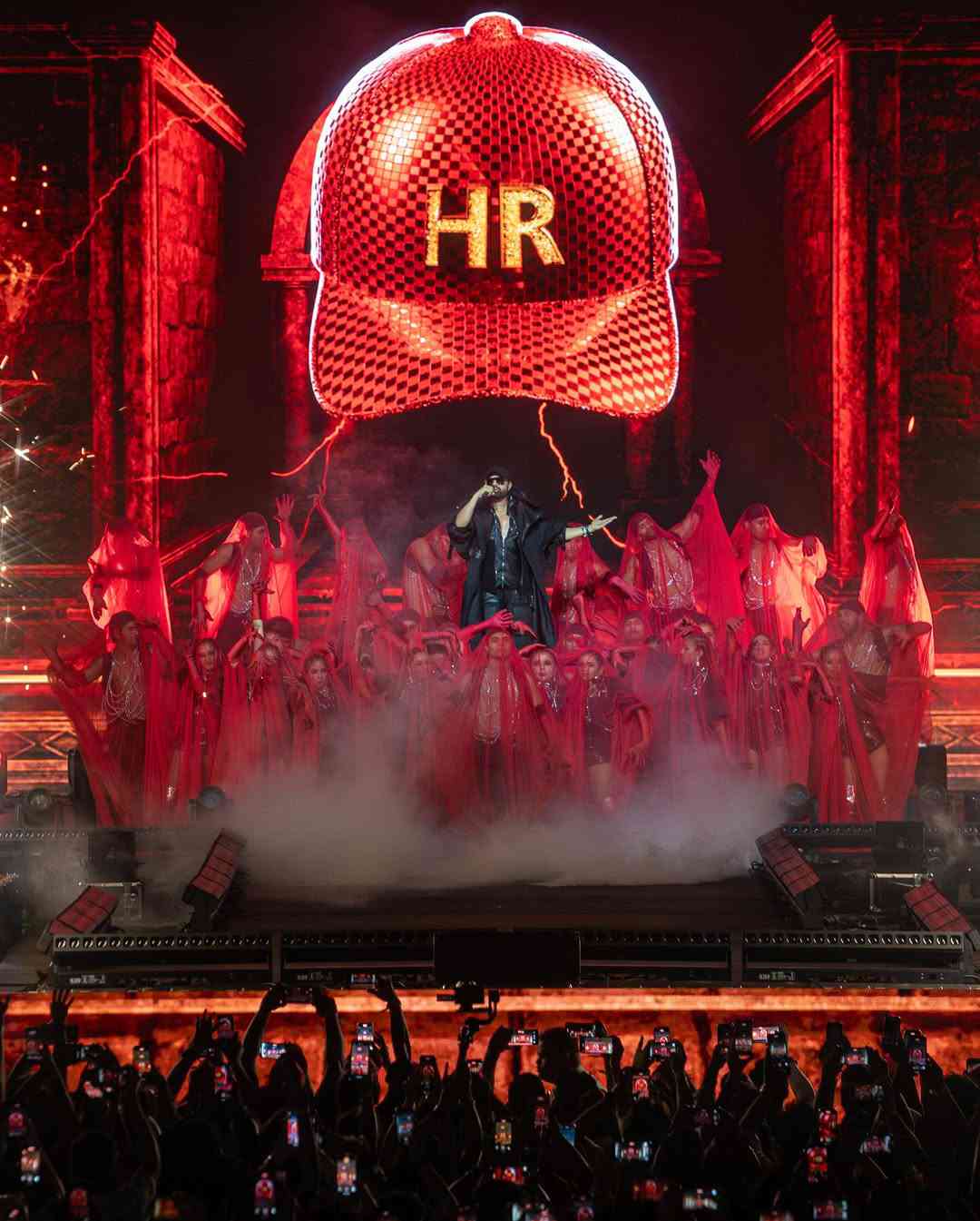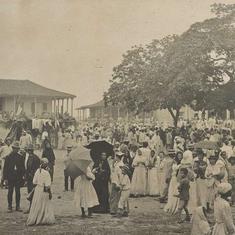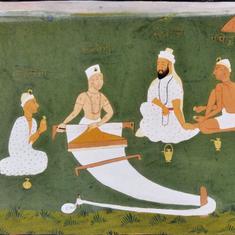I was five when Himesh Reshammiya dropped his era-defining hits, Aashiq Banaya Aapne and Jhalak Dikhla Ja. So no, I am not part of his original millennial fanbase that was losing their minds at his recent comeback “Cap Mania Tour”.
But nostalgia? It hit me in the stadium like a tidal wave.
In July, Reshammiya – the cap-wearing hit machine who ruled our playlists somewhere between 2005 and 2014, with high-pitched hooks, sometimes absurd lyrics and characteristically nasal vocals – packed out his first Delhi show so quickly that another date was added at the same stadium. That sold out too.
I was probably in Class 1 when the big rumour hit town: that singing the verse “ek baar aaja aaja” from Jhalak Dikhla Ja would summon ghosts. I was convinced.
Reshammiya tracks haunted every birthday celebration and dinner with my parents’ friends. His songs weren’t optional, they were the party.
But then, sometime around 2014-’15, Reshammiya all but disappeared from the playlist. Perhaps audiences felt they’d had too much of the elements that defined his style.
His “so bad, it’s good” appeal had worked in films like Aap Kaa Surroor (2007) and Karzzzz (2008), where he tried his hand at acting. But it carried him only so far. By the time Happy Hardy and Heer, featuring him in a double role, hit the screens in 2020, it barely made a ripple.
From my chaotic early memories to this wild 2025 comeback, whatever this revival says about Reshammiya, I am just glad to witness it. Because honestly, it is nothing short of spectacular.

Leaning into the memes
The Reshammiya revival didn’t begin with film studios or entertainment conglomerates. Like everything else in this era of virality, it began in chaotic corners of the internet. Instagram pages like Surroorgasm reintroduced him not as a dated remnant of the early 2000s but as a postmodern puzzle. Was he cringe or did he possess accidental brilliance that we simply hadn’t recognised before?
With the flood of memes, everyone was suddenly nostalgic about his aesthetic excesses – the nasal vocals, the leather trench coat, the signature snapback cap. Reshammiya managed to carve out a space for a fandom fueled both by irony and guilty nostalgia.
Another part of Reshammiya’s appeal was the unabashedly raunchy music videos, often featuring Emraan Hashmi, the actor who could seduce a camera lens without even blinking. With music videos such as Aashiq Banaya Aapne, subtlety quietly left the building. What you got was smouldering glances, slow-motion romances and barely-there outfits that raised eyebrows tartly at the time.
The thrill of rediscovering a secret pleasure has played a major role in turning Reshammiya into a full-blown cult icon once again. But his comeback is not just about nostalgia wiping away the cringe he was once tagged with. While he’s been proudly owning his trademark style for years, it’s his fans who have only recently learned to embrace it – fully and unapologetically.
Songs that were once dismissed as the soundtrack of autorickshaw drivers and nightclubs with questionable taste are now celebrated as camp, iconic and timeless.
Gayetri Mitra, who grew up in Kolkata, recalls that rickshaw drivers would deck out their autos with flashing lights, microphone-shaped charms and own their love for HR as they blasted out his songs at full volume – often while speeding well beyond the limit.
“It was an experience, it was epic,” the 31-year-old accountant asserted. She added that she still knows most of the lyrics by heart because autos were her main mode of transport back then.
With Instagram accounts like Himesh Doing Things, the artist’s mundane moments were transformed into shareable memes. This reshaped Reshammiya’s image from just an artist with a cap and microphone into a cult favorite embraced by a post-ironic fanbase.
Gradually, Reshammiya evolved into a kitschy icon, revered almost like a quirky deity among fans and affectionately dubbed “Lord Himesh”. And that has meant his comeback tour that began on May 31 in Mumbai is not only about nostalgia, but is almost a form of resistance against polished, curated celebrity culture.
Reshammiya, for his part, did not try to reinvent the wheel. He stuck to what he knew best. Instead of toning down his nasal voice, he turned it up. In the early years, he batted away the critics by describing his sound as “high-pitched”. He even claimed that RD Burman had a similar twang. But a few hits in, he leaned into it and proudly admitted: yes, it is nasal, and it sells.
He didn’t shy away from the very things that were once mocked or whispered about. Take the snapback cap, the same one he admitted on Koffee With Karan in 2007, he wore to hide hair loss, now proudly front and centre.
At the Delhi concert, the cap wasn’t just a fashion statement – it was a spectacle. A massive, floating, glittering red snapback stamped with HR initials hovered above the stage. And then, out came Himesh. The energy was electric and the entire stadium shimmered with thousands wearing matching red, glittery HR caps that were handed out by the organisers.
A month and a half before the Delhi show, a standout moment from the Mumbai leg of his tour came when he asked the crowd, “Thoda regular gaaun, ya naak se gaaun?” Should I sing in my regular voice or with my nasal twang? Without missing a beat, the audience picked the latter.
To understand why this works and why “cringe” now feels cool, we have to unpack what cringe really means. On the surface, cringe is secondhand embarrassment. But socially, it often reflects discomfort with sincerity, emotion and expressions that don’t follow acceptable – and often elitist – norms.
Cringe is rarely just about taste, it’s about power. It tells us who is allowed to perform, what aesthetics are respectable and who gets to be taken seriously. Seen through that lens, enjoying Reshammiya’s music is its own quiet form of rebellion.
In 2025, Reshammiya is back, louder, weirder and more self-aware than ever. By staying unpolished and sincere to what defines him, Reshammiya has given concert-goers something rare: the freedom to enjoy themselves without irony or shame.










